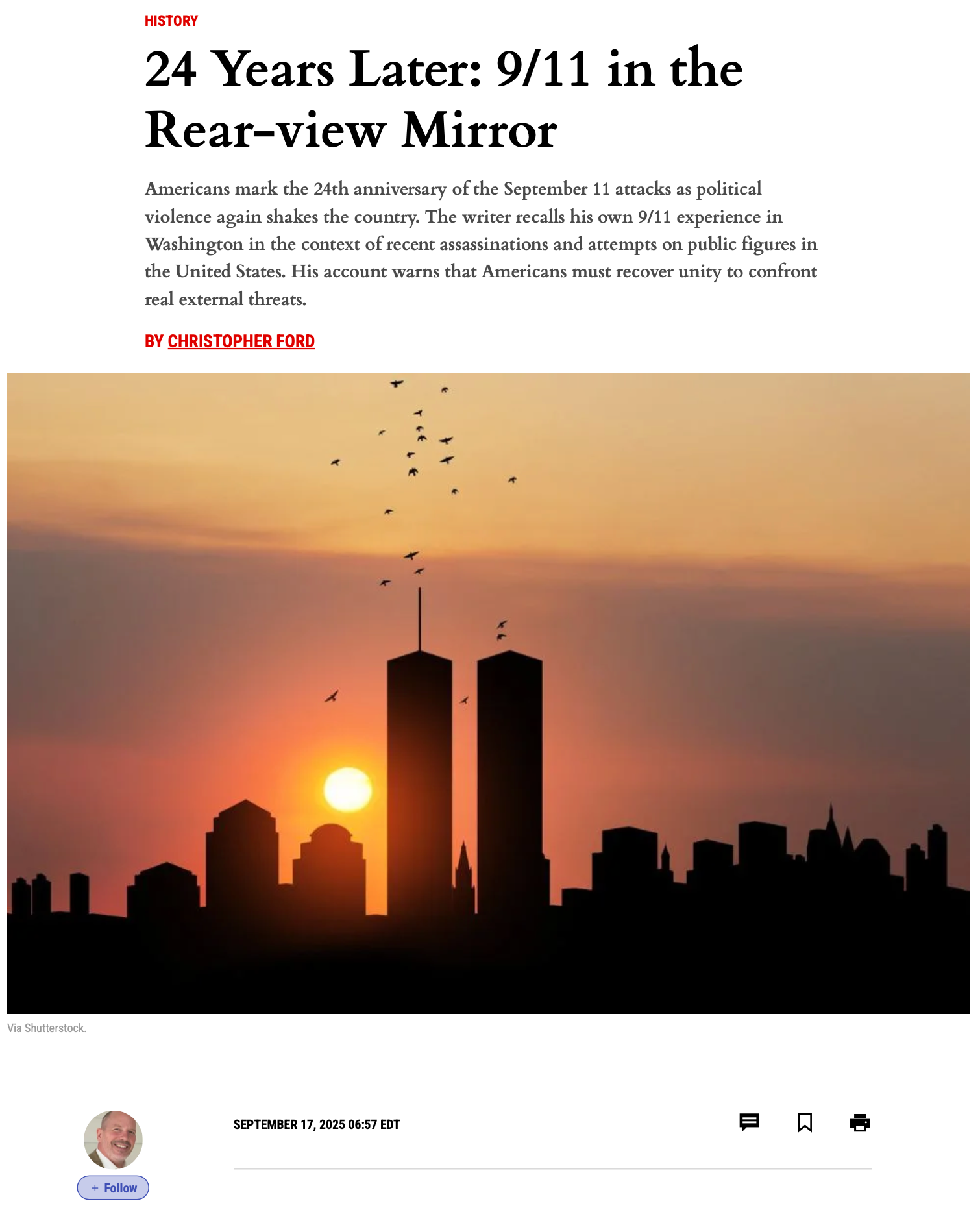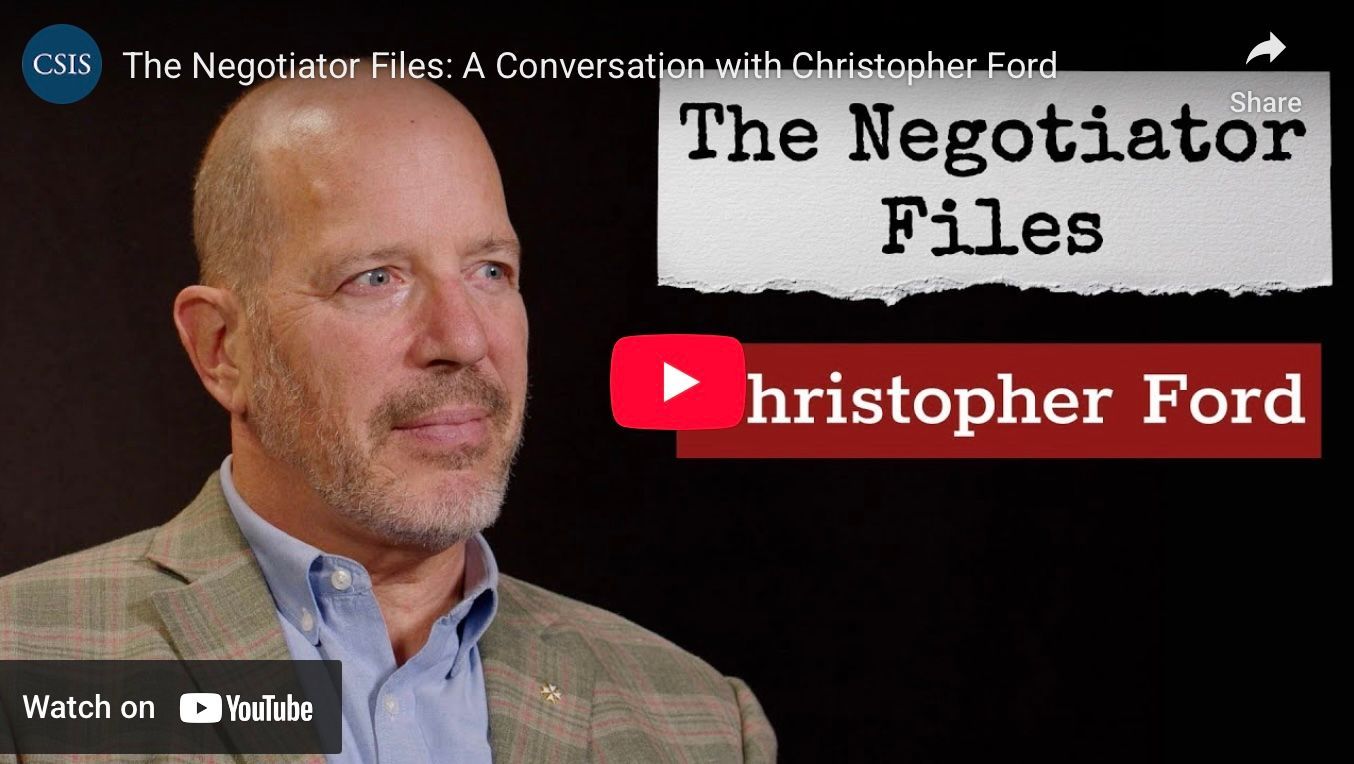“New START” Eliminates Arms Limits For Seven Years
I was recently sent a copy of the detailed report by Amy Woolf from the Congressional Research Service on the new U.S.-Russian “New START” agreement. (For a PDF of her report, click here: CRS on New START.pdf.) I know Amy, respect her work greatly, and want carefully to look over her account of the mobile-missile questions I raised in my NPF postings of April 26 and May 3, 2010. In the interim, however, I thought it would be interesting to flag a point that comes up obliquely in the first paragraph of her report. There, she recounts that:
“New START will enter into force when the U.S. Senate provides its advice and consent to ratification and the Russian Parliament approves the Treaty. When it enters into force, New START will supersede the 2002 Strategic Offensive Reductions Treaty (known as the Moscow Treaty), which was slated to remain in force until the end of 2012.”
This accurately summarizes the provisions of the new treaty. Pursuant to Article XIV(1) of “New START,” the treaty and the Protocol will enter into force “on the date of the exchange of instruments of ratification.” Article XIV(4) also provides that the treaty will, upon entry into force (EIF), supersede the 2002 Moscow Treaty.
So far, so good. But let’s do the math – or rather, take out our calendars. Under Article II(1) of “New START,” the new treaty’s numerical limits must be reached within seven years from EIF. (Article XIV(2) also spells out that the new agreement “shall remain in force for 10 years unless it is superseded earlier by a subsequent agreement on the reduction and limitation of strategic offensive arms.”) It makes some sense to delay the imposition of force limits: the parties need to have some time in which to come down to the requisite levels. In conjunction with Article XIV(4), however, this has some somewhat surprising implications.
Let us assume, for the sake of argument, that “New START” is approved by the U.S. Senate and the Russian Duma by the end of 2010. Pursuant to Article II(1), the new treaty’s force limits therefore will not kick in until the end 2017. There aren’t any phased reduction “stepping stones,” however, so “New START” provides no limits whatsoever on either side’s nuclear forces until that date.
And here is where it gets amusing: “New START” is for some reason written to eliminate all other limits on U.S. and Russian nuclear forces prior to 2017, too. On its own terms, of course, the Moscow Treaty would require that the United States and Russia cut down to between 1,700 and 2,200 operationally deployed strategic warheads by December 31, 2012. As soon as both parties exchange instruments of ratification on “New START,” however – which in our hypothetical will occur in late 2010, two years before the Moscow deadline, but which could conceivably occur later – the Moscow Treaty evaporates. Under Article XIV(4) of “New START,” Moscow is at the point of ratification expressly superseded, effective immediately. (And the original START agreement, of course, has now slipped out of the picture: it expired last December.)
One can only assume that repudiating the Moscow Treaty – derided for years by many of the same luminaries of the arms control left who now populate the Obama Administration’s nuclear policy team – was a politically-imposed requirement, and that New START’s Article XIV(4) is the offspring of the Obama Administration’s knee-jerk reflex of publicly expressing contempt for nearly everything having anything to do with George W. Bush. But it certainly wasn’t in any way substantively necessary: there is no incompatibility between imposing Moscow limits in 2012 and imposing “New START” limits a few years thereafter. And would it not have made more sense – at least for any president really serious about strategic arms control – not to supersede the Moscow Treaty, so that there would be at least some limit on U.S. and Russian strategic forces prior to 2017?
As it is, the immediate effect of “New START” will be completely to remove all limits on U.S. and Russian strategic forces until 2017 (or later, if ratification takes longer than anticipated). This is in its own way remarkable: Barack Obama, the “disarmament president” and Nobel Peace Price laureate, wants the Senate to ratify an agreement that will remove all constraints upon strategic weaponry for the duration of what he doubtless hopes will be his second term – and then some. Our new president hopes, in other words, to be the first U.S. chief executive since Richard Nixon not to be himself constrained by some strategic arms treaty with Moscow. How strange is that?
To be sure, even if “New START” didn’t supersede the Moscow Treaty, there would be an interval between the Moscow Treaty date of December 2012 and the seven-years-from-EIF deadline of the new agreement, during which period no limits would obtain on either side. And even under the Moscow Treaty, of course, there would have been no limits applying between START’s expiration at the end of 2009 and the Moscow deadline of 2012. (Moscow’s deadline was written to set force limits at a single point in time, moreover; unless extended, it would expire at that point, providing no ongoing constraints.) It is a bit incongruous, however, for the ostentatiously pro-disarmament Obama Administration to make the post-START force limits interregnum even longer and more complete by erasing the only strategic arms control cap that would otherwise apply at all before at least 2017.
One wouldn’t want to make too much of this, of course. My guess is that most Senate conservatives will not find this arms-control-free gap too troubling, so I don’t imagine this is likely to be an impediment to ratification. Nevertheless, the oddity of the new agreement’s erasure of the Moscow Treaty might signal some lack of care and clear thinking on the part of the Obama Administration – or perhaps a worrisome intrusion of anti-Bush political posturing into substantive strategic policy decisions. In either case, it suggests the need for Senators to study the rest of the “New START” deal all the more closely.
-- Christopher Ford







